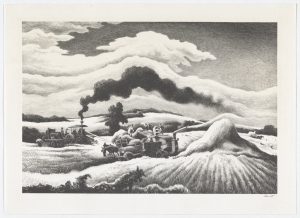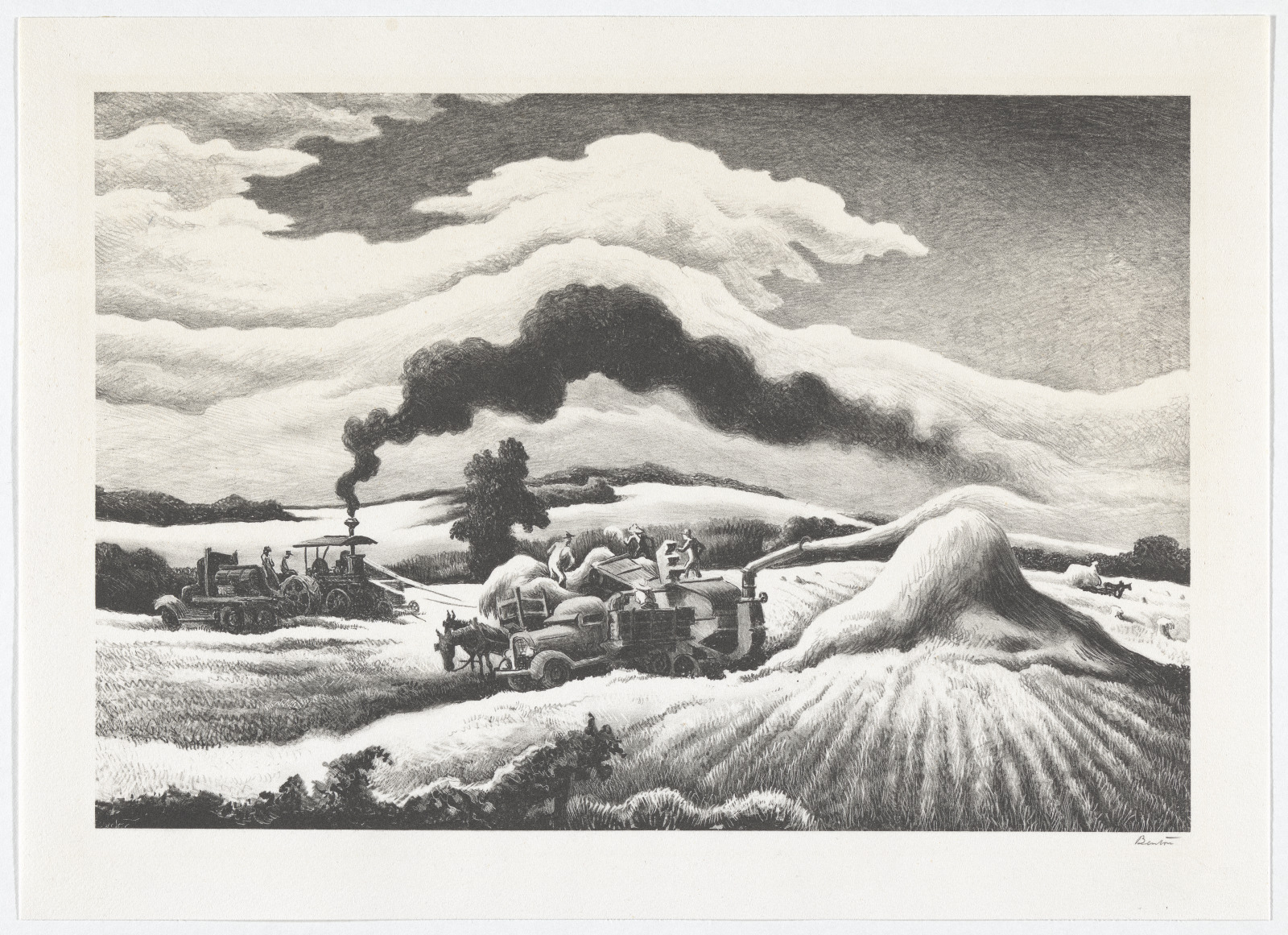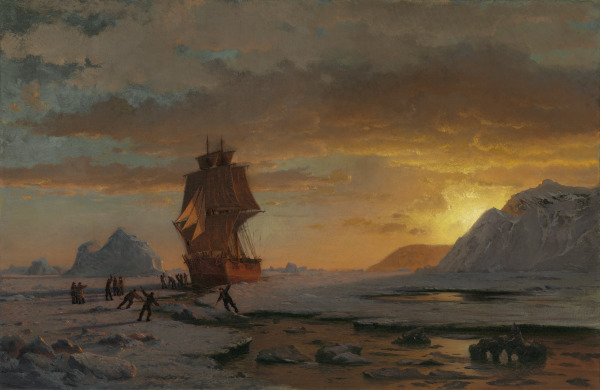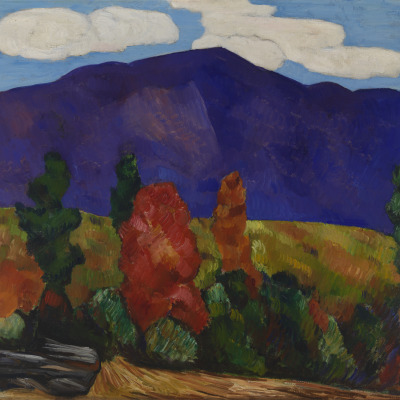Critical Thinking
Looking closely at art helps us explore viewpoints from the past. During your Evans DLP visit, students practiced looking carefully to interpret what artists can tell us about the time and place in which they lived. Ask students to try this with other works of art featuring the American landscape. Use the Looking to Learn: Elaboration Game strategy to examine some of the works below.
Based on their observations, what are some ideas your students have about how humans throughout history have related to the landscape and geography of North America?









